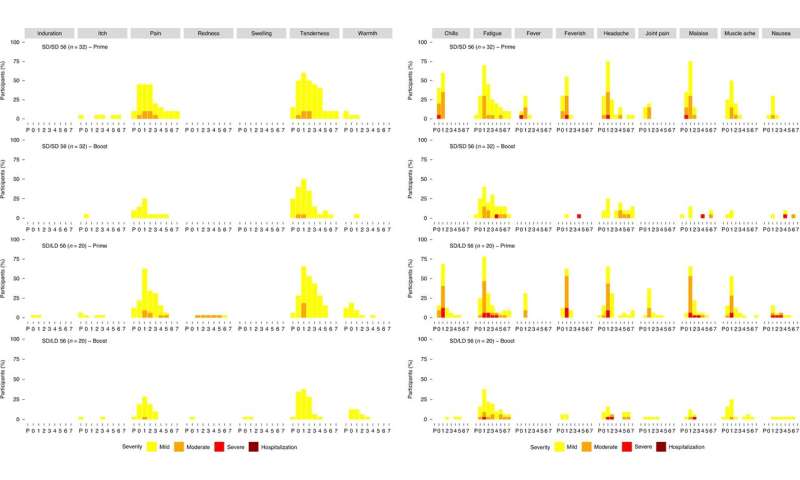
Today, researchers from the University of Oxford have published further data from the Phase I/II clinical trials of the ChAdOx1 nCoV-19 coronavirus vaccine, evidencing the decision to move to a two-dose regimen in ongoing phase III trials, and how ChAdOx1 nCov-19 induces broad antibody and T cell functions.
These findings are reported in two papers, both released in the peer-reviewed journal Nature Medicine.
Previous studies have shown that in order to develop any vaccine against SARS-CoV-2 coronavirus, two key elements of the immune system need to be activated: a neutralizing antibody against the coronavirus spike protein which is likely to be critically important in protecting against the disease, as well as robust T cell responses.
Professor Katie Ewer, a lead author of one of the papers, said: “This highly detailed analysis of the immune responses to ChAdOx1 nCoV-19 further underpins the potential of this vaccine to induce protection against COVID-19 disease and provides additional reassurance of the safety of this approach. Using these advanced immunological techniques, we can better understand the different cellular and antibody-mediated mechanisms that contribute to the protection afforded by this vaccine, as demonstrated in the recent data from the subsequent Phase 3 trials.”
One of these papers outlines the early-stage planning involved in the design of Phase III trials to investigate two booster dose schedules, a standard dose followed by a second standard dose and a standard dose followed by a lower dose (investigated in order to determine if this could be a viable ‘dose sparing’ strategy). Furthermore, the researchers show lower reactogenicity (eg sore arm) to either booster dose, and increased immune system responses; these data were used to support the change to a two-dose regimen in the ongoing Phase III trials.
In order to rapidly roll out any candidate vaccine, it is important that no screening is required of people who are about to receive a dose, and the authors add that that the reactogenicity does not appear to be affected by the presences of antibodies to coronavirus.
The booster doses of the vaccine are both shown to induce stronger antibody responses than a single dose, with the standard dose / standard dose inducing the best response—supporting the decision taking previously to move to a two-dose vaccine regimen in the Phase III clinical trials. The paper also shows that many different antibody functions are triggered by the vaccine that may be important in protection from the disease.
In the second paper, the authors detail an extensive investigation of the T cell and antibody responses generated by ChAdOx1 nCoV-19. They report that the proteins—known as cytokines—which allow T cells to generate ‘signals’ to the rest of our immune system produced by the body’s immune system in response to the ChAdOx1 nCoV-19 vaccine predominantly induce Th1 cytokines rather than Th2 cytokines.
The authors further report induction of a T cell subset, known to be particular effective at clearing virus-infected cells from the body during infection. This type of T cell response in combination with the detailed antibody profile is highly favorable for an efficacious vaccine, and further support the profile of this vaccine as a safe vaccine.
University of Oxford

